Oasayama Trail
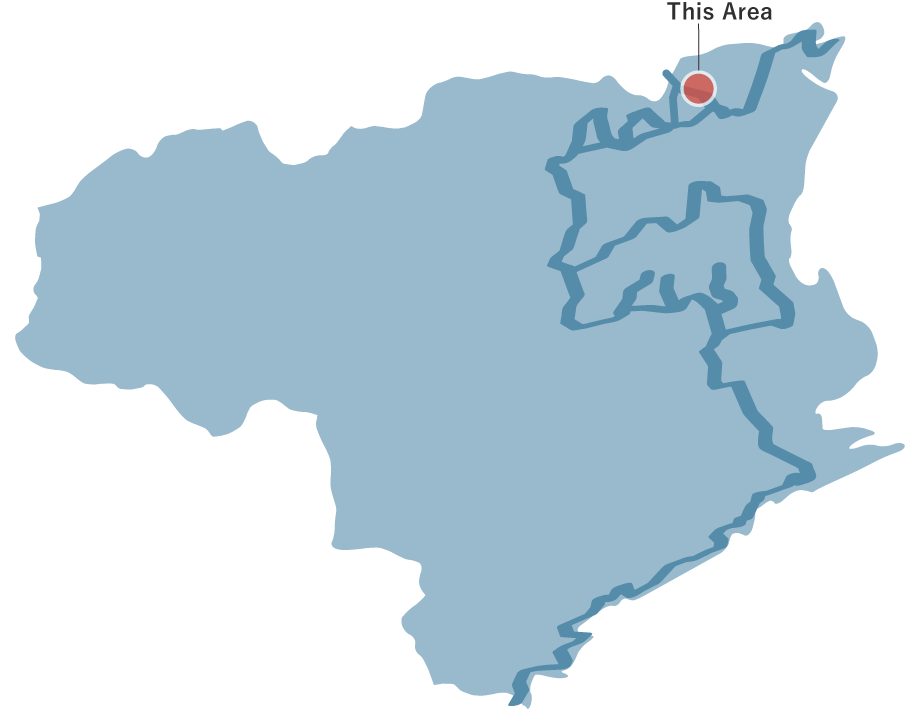
Oasayama Trail
Oasacho Bando is the temple town of the Osahiko Shrine that enshrines Mount Oasayama, and Ryozanji Temple, the first of the 88 temples of Shikoku. Oasahiko Shrine is surrounded by ume plum blossoms in February and cherry blossoms in April. The path to the summit begins at the “Ichino Torii” (first torii gate of shrine) that reads Misen Shrine. The stair-stepped road approaching a shrine along the ridge line leads to the observatory. The mountain summit is covered in a forest where sunlight rarely reaches the ground and is a home to many wild birds. At the top of the mountain lies Mine Shrine, the rear shrine of Oasahiko Shrine. Right before entering the forest, Tokushima plateau below and the mountains of the Shikoku mountain range in the background, is a sight to watch. The route starts from a trail branch in the middle of the road to Udatsu Pass via ridge line. There are three rest stations along the way with excellent views. Udatsu Pass descends the valley on the way back. The fauna is rich and delightful.
Oasayama Trail(10.2km)

 Spots to photograph
Spots to photograph
If you wish to receive a certificate, please take a photo that includes yourself at the designated photo point for each course.
Nearby sightseeing spots

-
1
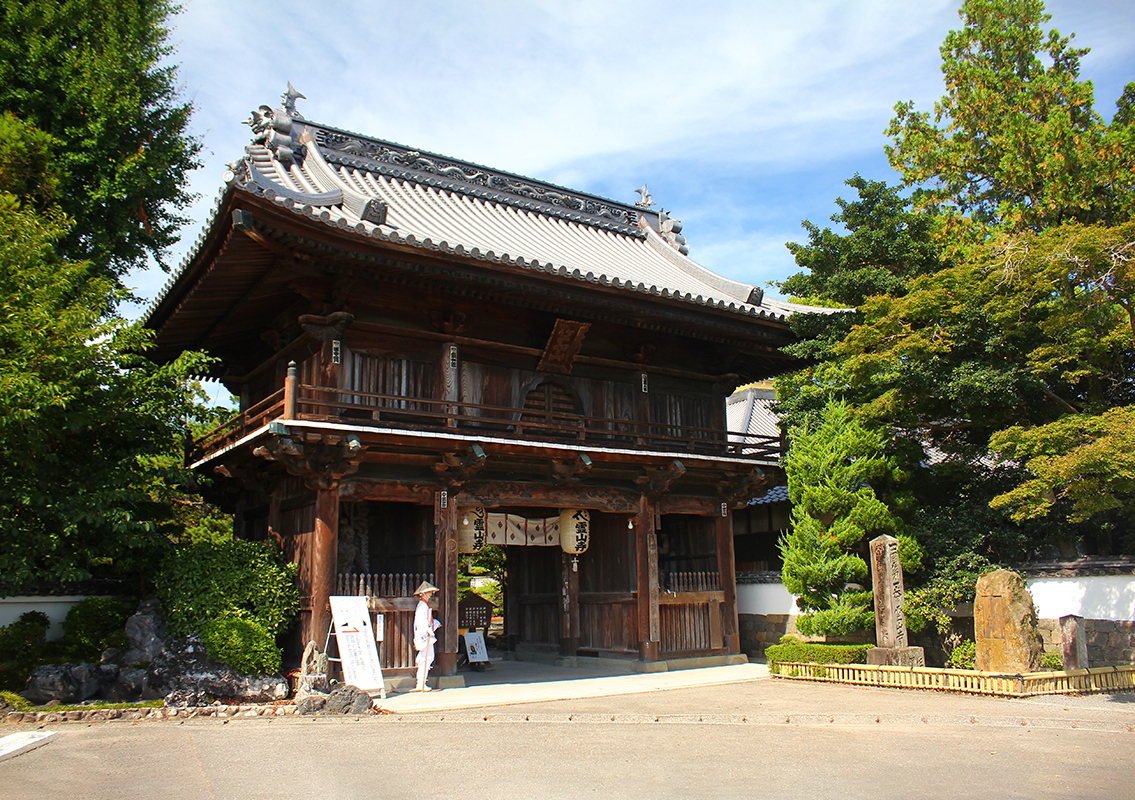 Ryozenji Temple
Ryozenji TempleIt is the first of the 88 Sacred Sites of the Shikoku Pilgrimage. The temple is believed to be founded by Buddhist priest Gyoki at the order of Emperor Shomu during the Tempyo period (729 to 748). Later, Kobo Daishi spent 21 days here in prayer and worship during 815 (6th year in Konin era). During his stay, Kobo Daishi carved a statue of Shaka Nyorai (Gautam Buddha) as the principal image of worship, and established the temple as the first of 88 temples of Shikoku. Several fire incidences burned down the temple and destroyed many parts, but was rebuilt later on. The main temple building, Daishido, a two-storied pagoda, temple of the Thirteen Buddhist Deities, and the two Deva kings still remain to date.
-
2
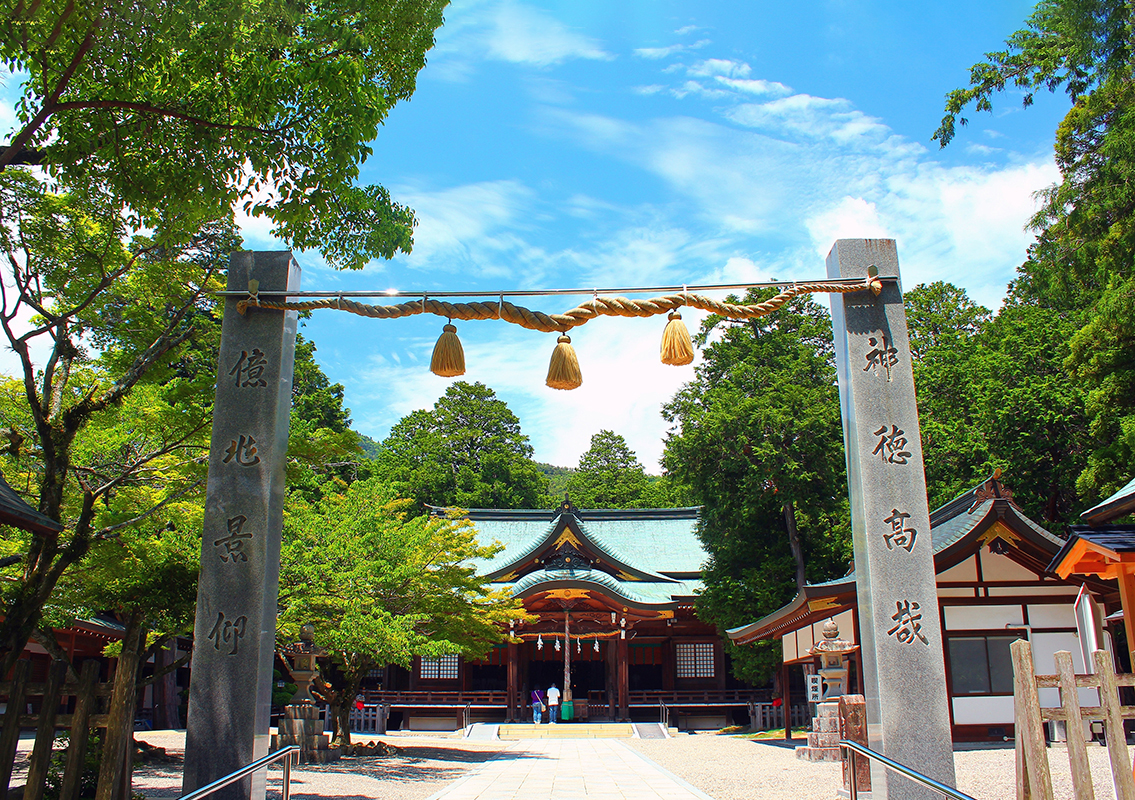 Oasahiko Shrine
Oasahiko ShrineOasahiko no Mikoto, the son of Amenohiwashi no Kami is enshrined as deity of shrine, and the temple enshrines Sarutahiko Mikoto. This is one of the three major shrines in the Awa Province, which has been traditionally worshipped as a god of relocation and travel by samurai warriors. People flood to visit this most important provincial shrine on New Year's Day.
-
3
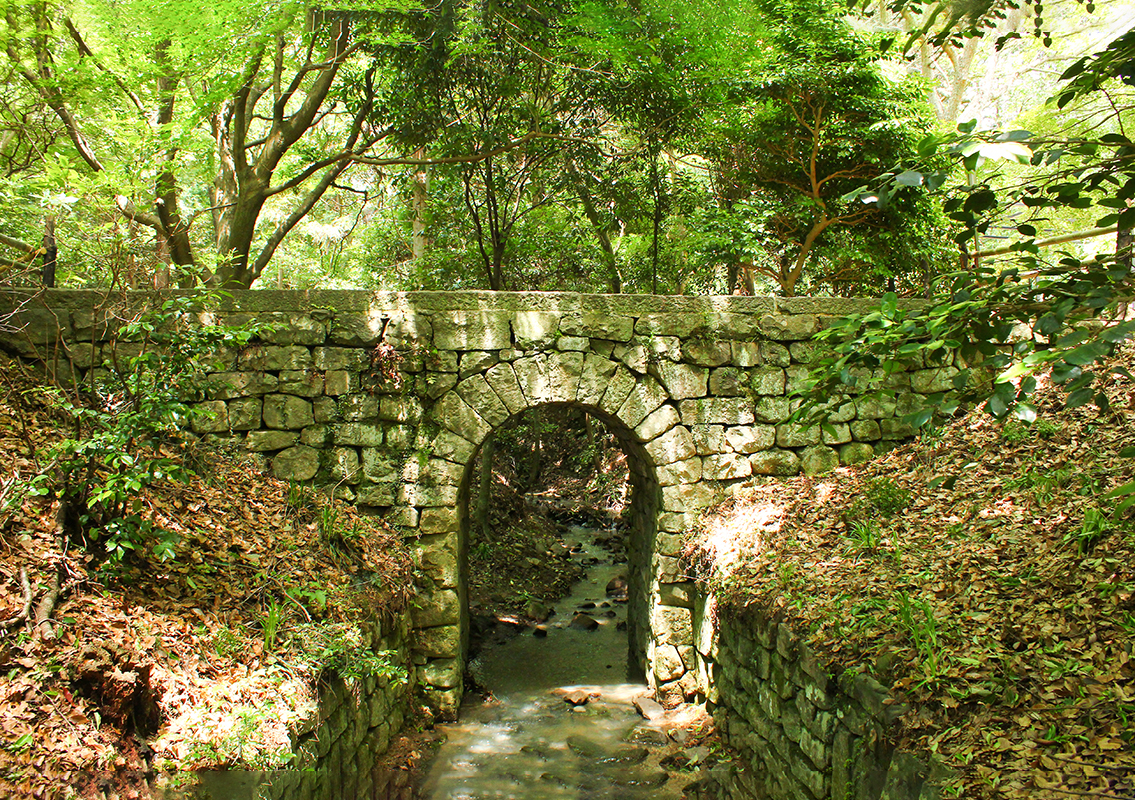 German Bridge
German BridgeDuring World War I, 953 German soldiers were held captive in Qingdao, China, at the Bandō Prisoner-of-war Camp in Oasachohinoki from 1917 to 1920. These circumstances lead to an unbreakable bond of love and friendship that transcended national borders between locals. German culture was introduced in the Japanese society, that vastly contributed to the regional development. This exchange brought in various forms of arts and skills including production of butter and cheese, various exhibitions, as well as orchestra concerts. The German bridge was built as a commemorative project using Izumi sandstone with the German civil engineering skills.
-
4
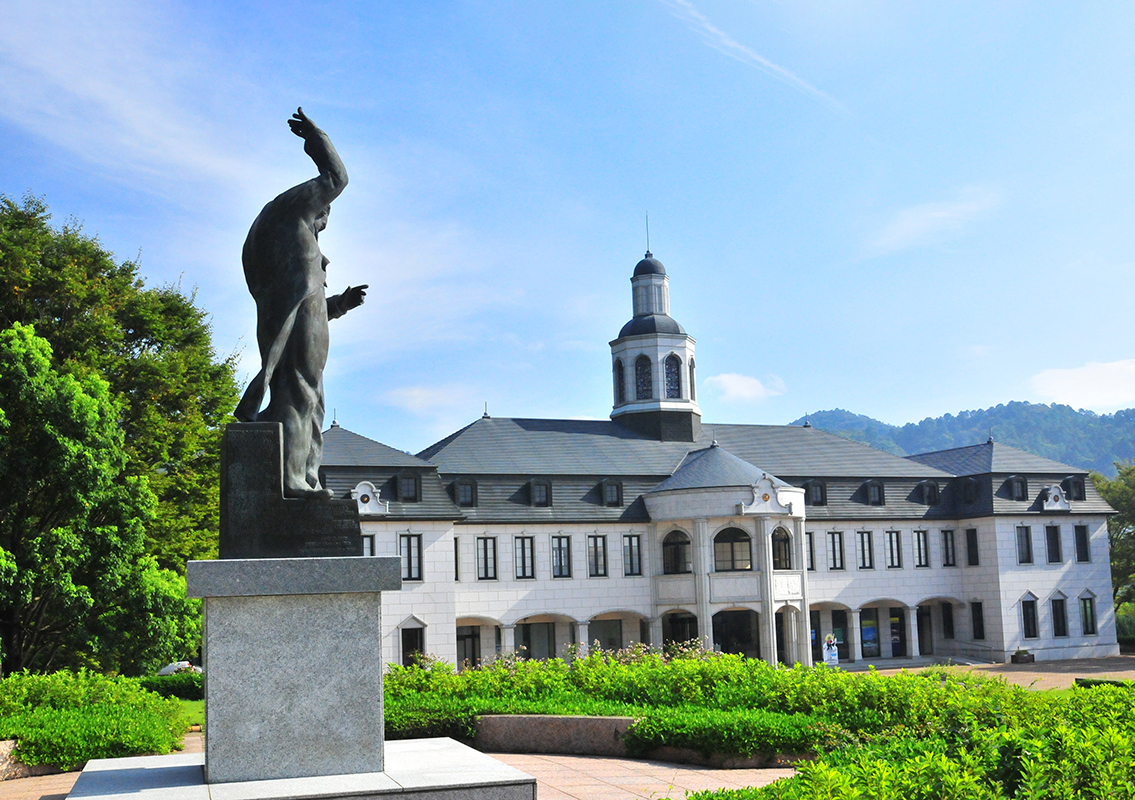 The German House
The German HouseThe old German House was built in 1972 to commemorate the exchange between the local people and the German prisoners of war during World War I. This connection led the city to become a sister city of the German city of Lüneburg. The German House, established in 1993, has become an institution that serves as a foundation for international exchange.



